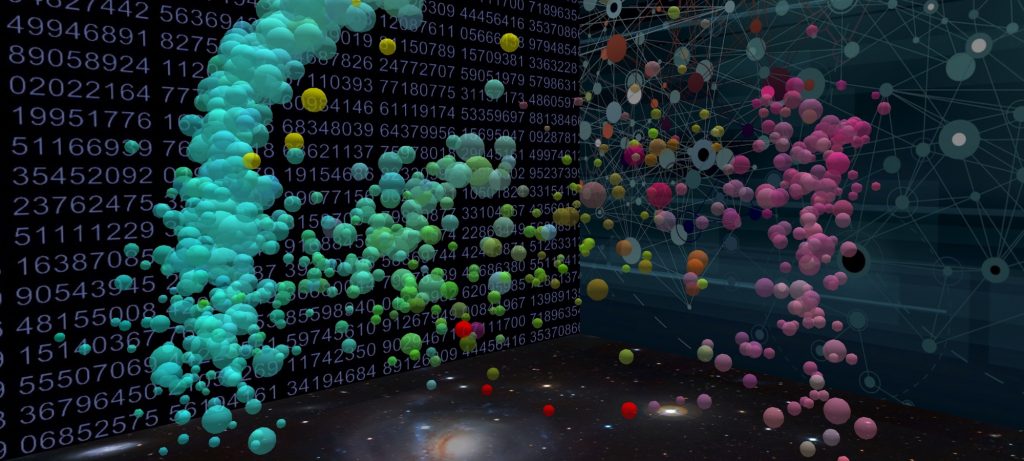
All data obtained with the Perek 2-m telescope spectrographs are automatically archived, and after the expiration of the proprietary period they are available to the broader community at the Czech Virtual Observatory (CZVO). Two sets of archives are presently available: spectra obtained with Reticon and HEROS. The HEROS archive is also avealable at the CZVO including in addition the spectra obtained with single order spectrograph (CCD700).
Rules for usage of the archival data
All observed data are the property of Astronomical Institute of the Czech Academy of Science and are included in the data archive facilities of the Perek 2-m telescope. Browsing the archive require authentication. The use of new and archival data must be cited in the publications that are based on them.
The proposers of the approved observing nights on Perek 2-m Telescope have exclusive access to their scientific data for the duration of a proprietary period, normally of one year, after which the data becomes available to the community at large. The proprietary period usually lasts one year from the acquisition of the exposure. The proposers of the approved observing nights may shorten this period. Conversely, in justified cases approved by the head of the department, the proprietary period may be extended.
Calibration exposures are immediately available for general use. Information on exposures of observed objects is also published. The expositions of the objects can be used immediately for the technical needs of maintenance and development of the telescope.
After the expiry of the proprietary period, all observations are freely available to the community at large for scientific purposes or for teaching, dissemination and promotion.
Large data archives – Astroinformatics
Scientists of Stellar department are also involved in large data archives research and Astroinformatics, i.e., applications of machine learning and big data analysis in astronomy, including the Virtual Observatory (VO). This research is led by Petr Škoda and several students from the Faculty of Information Technology of the Czech Technical University in Prague, the Faculty of Science of the Masaryk University, Brno and the Technical University in Ostrava.
The members of the group are actively involved in the preparation of new standards of the VO, mainly those focused on optical spectroscopy, and the development of new VO tools. This is organised at the national level as the Czech Virtual Observatory (CZVO) in close collaboration with the International Virtual Observatory Alliance (IVOA). The main achievements of CZVO activities are the VO-compatible archive of stellar spectra obtained with the Perek 2-m and LAMOST spectrographs and the web service VO-KOREL facilitating the Fourier disentangling of spectra in VO with the widely acknowledged procedure KOREL.
The achievements in this research area are:
- Development of methods for finding Be stars using machine learning in millions of light curves, which were also incorporated in the pipeline of Gaia variability pipeline in the framework of Gaia CU7
- Discovery of new emission line stars in big spectral surveys SDSS and LAMOST using deep learning and domain adaptation.
- Development of cloud-based infrastructure for machine learning of astronomical spectra.
- Development and implementation of standards of the IVOA, development of VO-compatible applications, setup of VO-compatible archives (Perek 2‑m telescope spectra CCD700 based on SSAP protocol), remotely controlled DK154 (Danish 1,54‑m telescope at ESO) photometry telescope archive based on SIAP, SCS, and newly developed time-series protocol.
One of the main achievements are a definition of a new IVOA standard for time series based on spare data cubes, which was presented at several IVOA Interoperability workshops and published as IVOA note, and a modification of a widely used SPLAT‑VO code for work with this standard.
